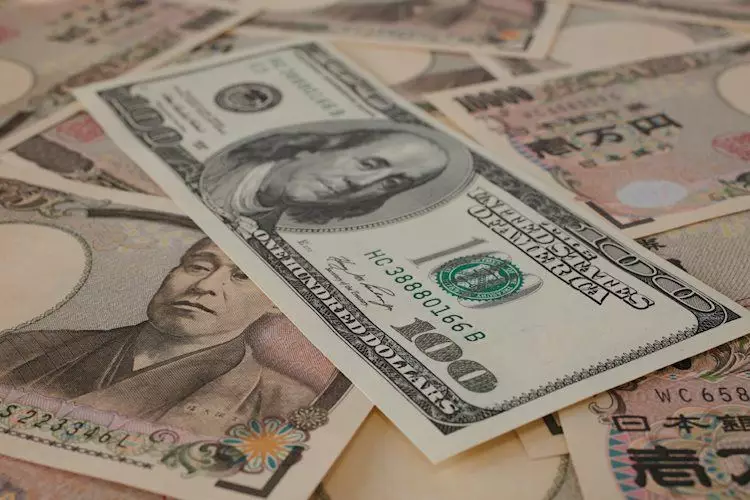The Japanese Yen (JPY) has faced considerable turbulence recently, especially against the US Dollar (USD). Despite experiencing some slight intraday gains, the Yen’s ability to maintain its upward momentum has been hampered by uncertainties surrounding interest rate decisions by the Bank of Japan (BoJ). Particularly, the comments from the leader of Japan’s Democratic Party for the People, Yuichiro Tamaki, who expressed opposition to further rate hikes, have contributed to market hesitance. In an environment where equity markets display strength and US Treasury yields remain elevated, the allure of higher yields from the USD often overshadows the lower-yielding JPY, causing a decline in its value.
Moreover, the fluctuation in JPY appears to be reflective of broader economic conditions not only within Japan but also globally. As traders approach upcoming data releases and policy decisions, the focus remains on how these events will influence the currency’s trajectory. The recent stabilization in the JPY seems transient, as factors indicating potential government intervention and macroeconomic data from the United States could play pivotal roles in shaping future currency trends.
One key data point released recently was the unexpected dip in Japan’s unemployment rate from 2.5% to 2.4%. This shift reveals a growing labor market, suggesting stronger demand for workers, which can, in turn, foster rising wages. Such economic indicators present a case for the BoJ, hinting that an interest rate hike may, indeed, be on the horizon to combat potential inflation. This expectation often creates a paradox where bullish market sentiments and fears of government intervention blend, producing mixed signals for investors.
Financial Minister Katsunobu Kato’s remarks have reignited fears related to the government’s possible intervention in foreign exchange rates. Investors remain cautious, weighing the potential implications of this intervention against the backdrop of market movements driven by speculators. The political landscape adds another layer of complexity, with Prime Minister Shigeru Ishiba reportedly seeking coalitions following recent electoral losses. This political uncertainty further complicates expectations regarding fiscal and monetary policies.
As the market anticipates the BoJ’s decision on interest rates, traders are also keeping a close eye on upcoming macroeconomic data from the US. Key reports such as the Conference Board’s Consumer Confidence Index and Job Openings and Labor Turnover Survey (JOLTS) are expected to provide insights into the health of the US economy. The correlation between the JPY and the USD remains strong, with economic data from one influencing perceptions and trading strategies regarding the other.
In a technical assessment, the recent price movements reveal a potential brewing volatility, particularly around important Fibonacci retracement levels and key moving averages. The last week’s movement through the 150.65 confluence was seen as a bullish signal; however, this has not yet translated into sustained upward momentum. The relative strength index (RSI) approaching the overbought zone signals caution, recommending that traders exercise restraint and monitor potential pullbacks before committing to new positions.
The long-term outlook for the JPY will largely hinge on the BoJ’s approach to interest rates amidst growing global economic pressures. The Federal Reserve’s monetary policy, which looks to maintain price stability and full employment through interest rate adjustments, creates a comparative backdrop. The current state of US economy, as indicated by inflating wage expectations and consumer confidence, could trigger shifts in capital flows. When the Fed raises rates to contain inflation, the attractiveness of the USD increases relative to the JPY, posing challenges for the latter.
As traders analyze potential rebounds or pullbacks in the USD/JPY exchange rate, the psychological resistance at key levels, especially around 154.00, plays an essential role. However, it is essential to monitor conditions ahead of important US macroeconomic data releases and the Fed’s responses, as these will significantly influence market momentum. Traders must stay alert to shifts in political narratives and global economic indicators as they navigate this complex currency landscape.
The Japanese Yen’s current struggles against the US Dollar reflect a multitude of factors, including local economic data, international monetary policy shifts, and overarching political developments. As the market awaits critical decisions from the BoJ and essential data releases from the US, understanding the intricacies of these interrelated dynamics will be crucial for anyone looking to navigate the currency markets effectively.

